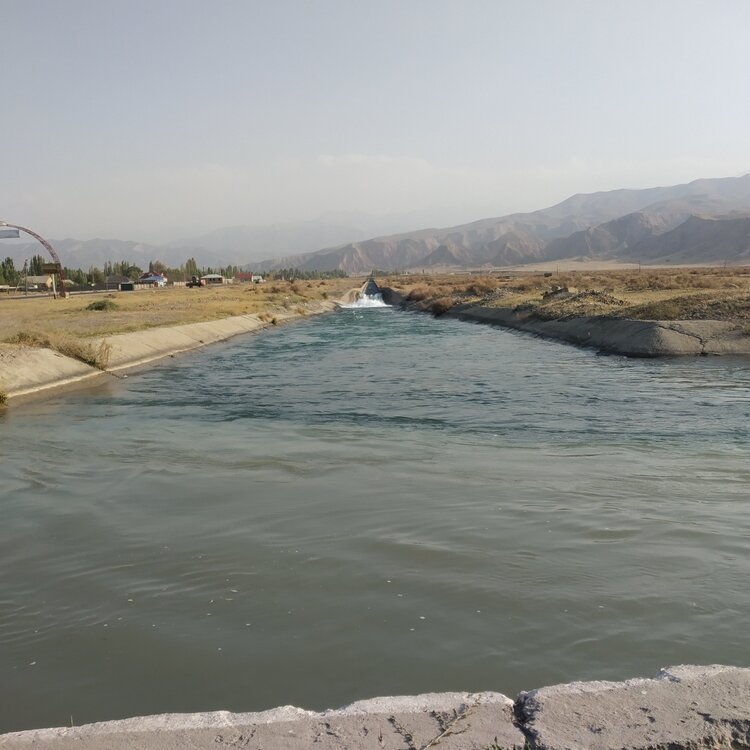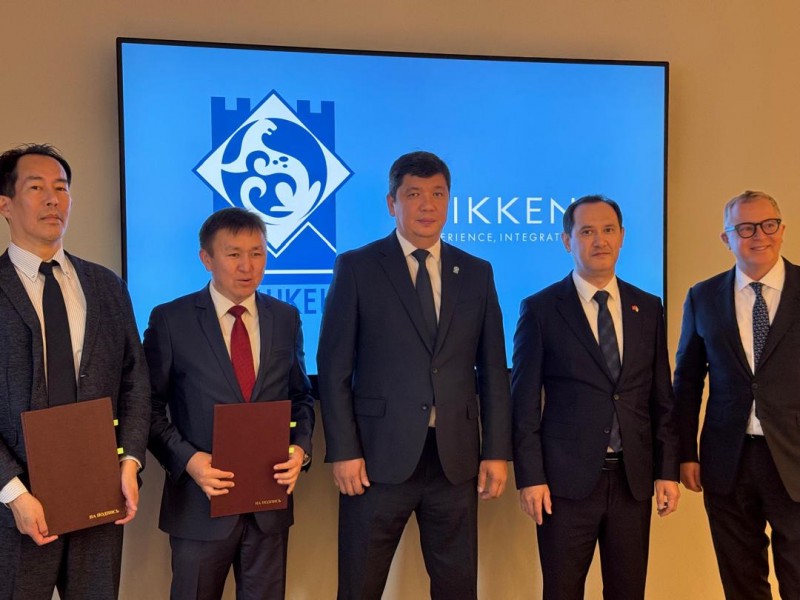More Irrigation Water Pledged for Southern Kazakhstan
A revision of interstate water flow limits for Kazakhstan, through the operation of transboundary rivers and canals, has been approved by the country’s upstream neighbors.
The agreement made on 20 May, which will increase the supply of irrigation water during this year’s growing season, aims to benefit farmers in the country’s driest southern regions of Turkestan, Kyzylorda, and Zhambyl.
An additional 300 million cubic meters of water has been channelled from Uzbekistan into the Shardara reservoir located on the Syrdarya River in the Turkestan region of Kazakhstan. To date, the reservoir holds 4.8 cubic kilometers of water. In April and May alone, 1.4 cubic km of water entered the Shardara reservoir, doubling the volume received in the same period last year.
Kazakhstan, Tajikistan, and Uzbekistan have now confirmed plans for the Bahri Tojik reservoir in Tajikistan, scheduled for July-August, which will guarantee water flow to Kazakhstan through Uzbekistan.
Based on hydrological forecasts and the current water levels in Kyrgyzstan’s Kirov and Orto-Tokoi reservoirs, totalling 380 million cubic meters, approval has been granted for Kazakhstan to receive 44 million cubic meters more than last year.
Kazakhstan will also be supplied with 180 million cubic meters of water from the Shu River in Kyrgyzstan; an increase of 26 million cubic meters compared to 2023.
Most of the 1.5 million hectares of land currently irrigated in Kazakhstan are in the south; these regions are forecast to be especially hot and dry this summer.
Due to spring floods, reservoirs are now 70- 90% full in the northern, central, western and some eastern regions.








